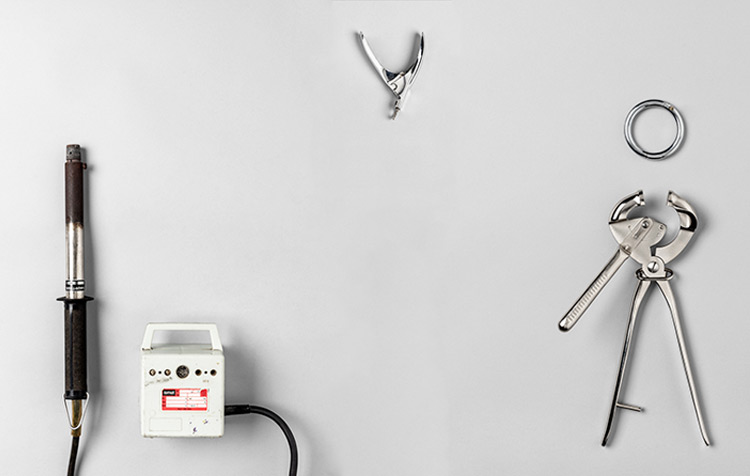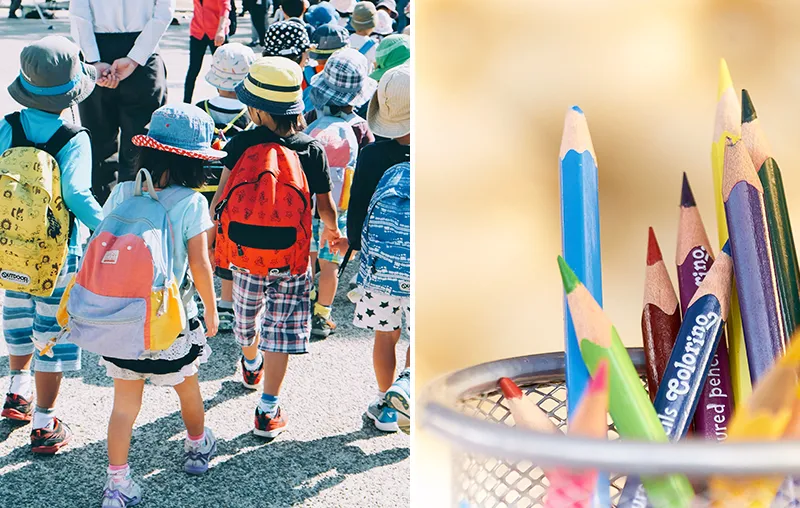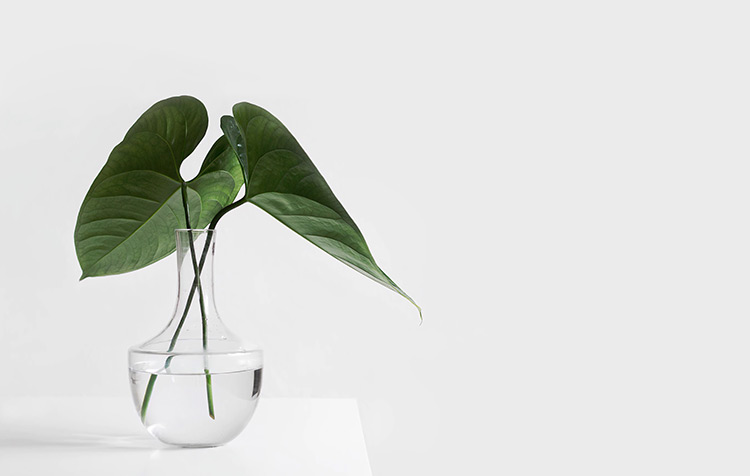You want to learn more about the tools of Factory farming know? Then you've come to the right place. In order for the animals in "modern livestock farming" to perform well and ultimately produce the highest possible yield, the operators of the facilities rely on certain tools and aids. These help them to adapt animals such as cows, pigs and chickens to the breeding system.
In this article, I would like to briefly introduce you to the equipment and tools that are standard in agricultural animal husbandry. Let's go!
In advance you will find here as always a short Overview about the article:
- Dehorning
- Suction softener
- Cattle drover
- Beak shortening pliers
- Ear Tag Pliers
- Castration forceps
- Filling hose
- Tail docker
- Tooth grinder
- Electroejaculator set
- Nose ring pliers
- Injection syringe
- Wire brush
- Bolt gun
Notice: This article merely depicts the permitted, official tools of factory farming and is intended to provide information about the background to the industry. The photographer holds the image rights Timo Stammberger.
1. dehusker
Whether it's a dehorn, dehorning tool, soldering iron or electric dehorn - the exact name is irrelevant. With this tool, which heats up to several hundred degrees animal breeders destroy the horn or horn base of cattle and calvesso that the animals can be kept in the tightest of spaces without injuring themselves. Because the tighter the space, the more profitable.
The cautery rod ultimately obliterates the nerve and blood vessels of the horn. According to the Animal Welfare Act, this procedure is generally permitted with the administration of painkillers and even without anaesthesia in calves under six weeks of age.
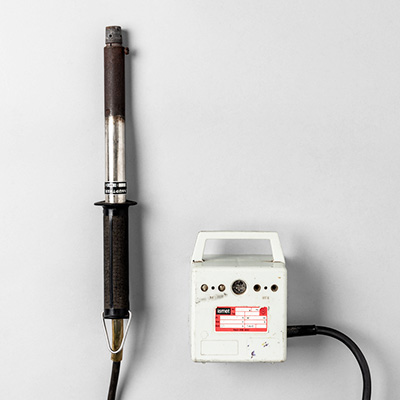
Dehorning 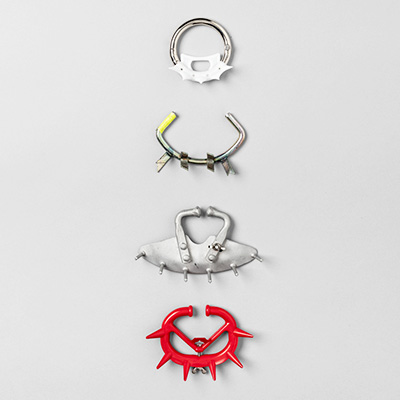
Suction softener
2. suction softener
Perhaps you have seen cows or calves with a spiked nose ring? These are called suckling weaners. The calves are actually separated from their mothers after just 1-2 days so that they can Breast milk, which is of course to be sold to us consumers at a profitnot drink away. However, the jagged ring also prevents the young animals from drinking the milk of other cattle later on, as they are either suckled by the outward-facing metal spikes be stung and reflexively dodge.
3. drover
This tool of factory farming is basically self-explanatory. With Electric shocks of around 6,000 volts animals such as cows or pigs that do not want to go any further are driven forward. The stun gun may actually only be used on certain parts of the body - however, this regulation is often not taken seriously in practice. Ultimately, the animals are also driven towards their certain death in the slaughterhouse.
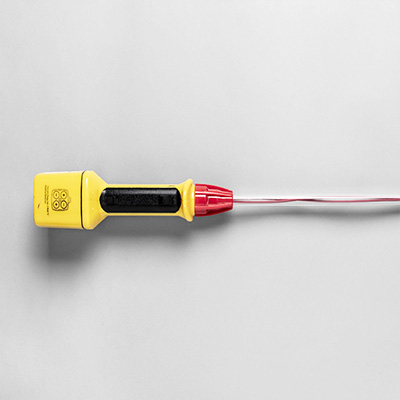
Cattle drover (1) 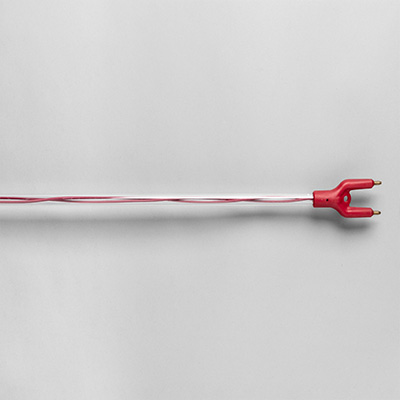
Cattle drover (2)
4. beak trimming pliers
These tongs are used to shorten the very sensitive beak tips of chickens. In factory farming with just a few square centimetres of space, between countless conspecifics in dark halls, the animals often develop Behavioral disordersso that they injure each other. The beak trimming pliers are designed to prevent these injuries.
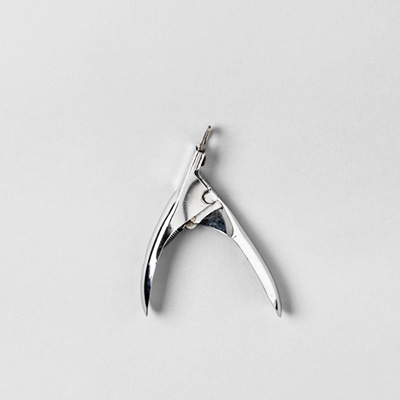
Beak shortening pliers 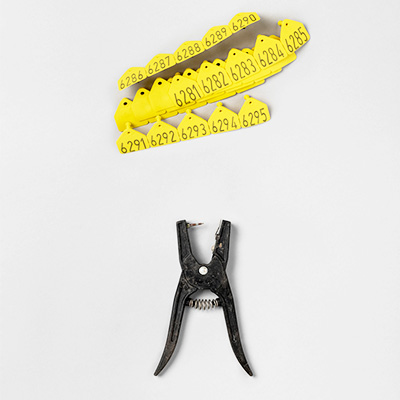
Ear Tag Pliers
5. ear mark pliers
Industrial agricultural entrepreneurs do not give their animals names, but numbers. In order to Identification To attach the tags to the (especially young) cows, piglets or lambs, a hole is made in their ear with ear tag forceps without anaesthetic. This can lead to inflammation. There is a further danger if the tag is torn out later.
6. castration forceps
In breeding, males with less good genetic material are castrated. Furthermore, castration with the so-called emasculator is used to curb somewhat wilder and more quick-tempered animals. The term castration may sound less cruel than it actually is. With the help of the castration forceps For example, the spermatic cords of male pigs, goats and sheep are severed - For young piglets, this is even permitted without anesthesia.
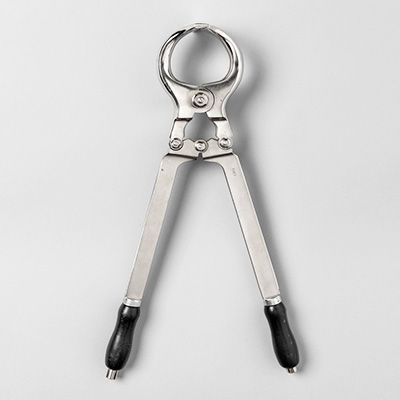
Castration forceps 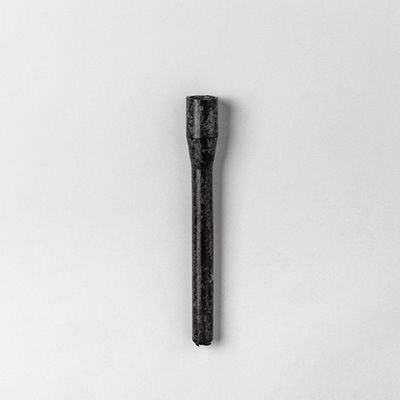
Filling hose
7. filling hose
Another tool used in factory farming is the so-called stuffing tube. It is pushed into the necks of geese and ducks during fattening to feed them corn mash and other force-feed high-calorie foods in large quantities to be able to. The animals thus reach ten times their normal weight at record speed and can be sold more quickly and profitably as foie gras.
8. tail docker
With a dopper the curly tails of piglets are cut off within their first four days of lifeas the sensitive animals often bite each other off in close quarters. This process usually takes place without prior stunning in livestock farming.
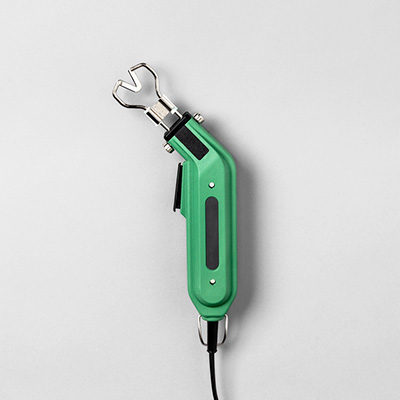
Tail docker 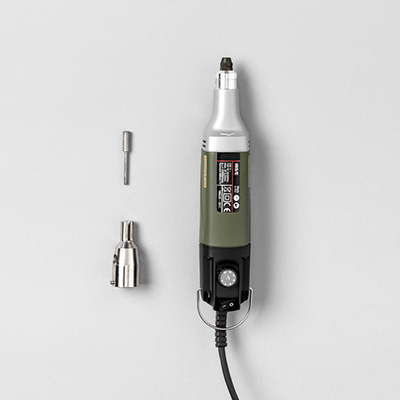
Tooth grinder
9. tooth grinder
One of the typical tools used in factory farming is the tooth grinder, which is used to grind the teeth of young piglets in particular. pointed teeth ground smooth be left in the crate. This happens because the animals could otherwise injure their immobilized mother - because she is restrained in a narrow crate - while suckling. Such measures serve the purpose of economic optimization and are not usually intended for the welfare of the animal.
10. ejaculation set
In order to artificially impregnate cows, the bull semen must first be "extracted". An electroejaculator set, which usually consists of a Carrying case, a Rectal probe, a Control unit, a Battery charger, a Electric cable and a Cable for the probe and vessels to collect the seed. In many cases, seed emission is already achieved at a voltage of less than 9 volts.₁
Tip: Cows need to be milked is a popular argument used to justify the consumption of dairy products. In the linked article you can find out why it is not logical.
11. nose ring pliers
Everyone has probably seen a bull with a nose ring. It's not natural, of course, but is only created with the help of nose ring pliers, which the Bull nasal septum This is usually done without anesthesia and leaves a hole for the ring.
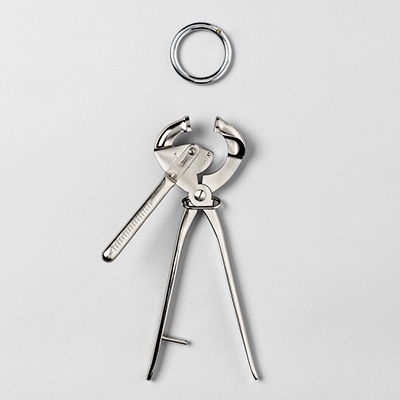
Nose ring pliers 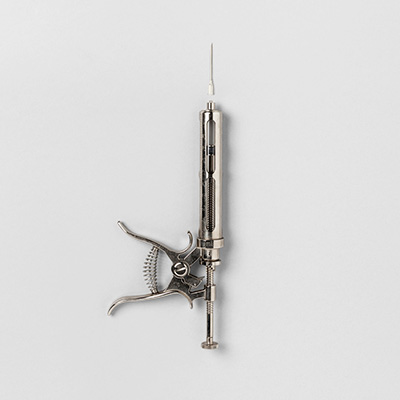
Injection syringe
12. syringe
To ensure that the animals remain healthy for as long as possible even in inappropriate housing conditions and do not attack each other, they are injected with injections such as Hormones, vaccines and antibiotics. Ultimately, however, the meat of the animals that is consumed by humans is also contaminated with it - which can lead, for example, to antibiotic resistance and serious health consequences.
Tip: For these reasons too, a balanced, A purely plant-based diet is healthy. You can find out more reasons in the detailed article.
13. wire brush
In addition to stun guns, many animals in the industry are also driven with objects such as a classic wire brush. Soko Tierschutz" uncovered that some companies use the The wires even pierced the animals' genitals.₂ An unsurprising form of illegal trade Cruelty to animals in factory farming.
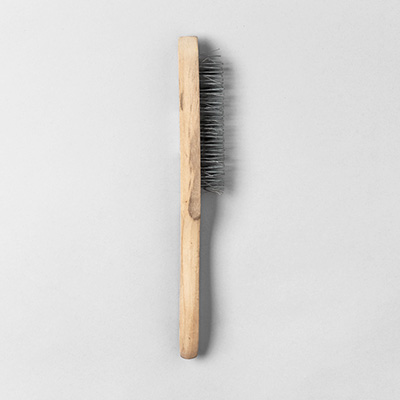
Wire brush 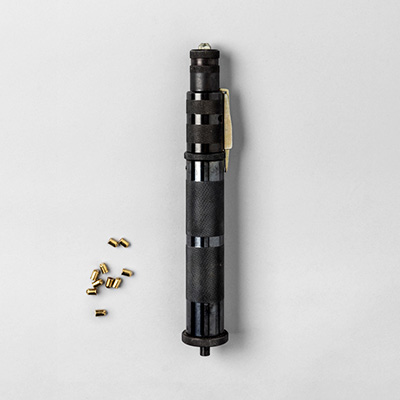
Bolt gun
14. bolt gun
This tool of factory farming jabs a metallic bolt into the head of "slaughter animals", to anesthetize them. Unfortunately, animals are often stunned incorrectly so that they are still fully conscious when they are slaughtered.
Notice: There are, of course, countless other devices that are used to adapt animals such as cows, pigs or chickens to the industry. The castration scalpel, the Collet chuck or the punch, for example. Do you know any other instruments from factory farming that should not be missing from this list? Then please share them in the comments.
Everyone should know the tools of factory farming
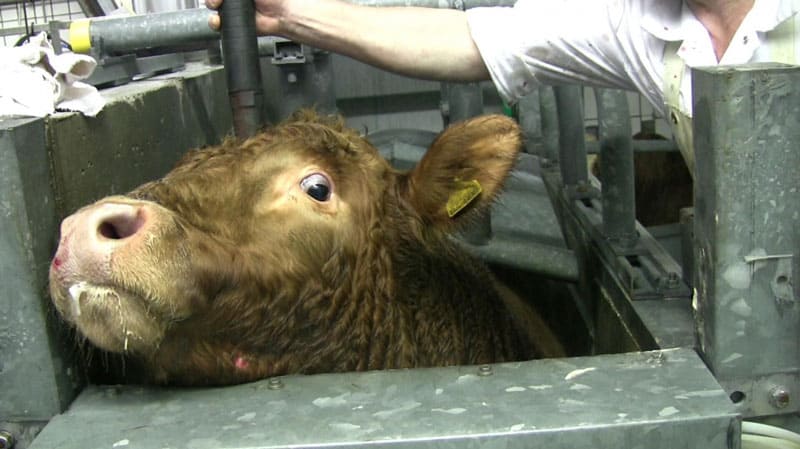
Why should everyone know the tools and equipment used in factory farming? On the one hand, in order to Better understanding of the growing vegan movement to get - on the other hand, to question whether the vegan lifestyle even not better themselves with the own personal values fits together. Either way, each of us should know what happens to the creatures that are eaten by us humans.
I hope that this article has made you aware of the equipment and activities of a livestock farm. The really scary thing is that these tools are used on all livestock farms - the bad ones as well as the good ones.
Do you have any questions, suggestions or other experiences with factory farming tools that you would like to share? And what do you think when you see the tools shown? Feel free to write me a comment.
Stay animal-friendly,

PS: Dogs and cats get treats and scratching posts, cows and pigs get antibiotics and electric shocks. This unequal treatment of pets and farm animals is called Speciesism. In the linked article you can now find out what's behind it.
References:
₁ Christine Lichtner (2010): Semen collection from standing bulls without mounting with special consideration of sexual behavior and semen quality, available at https://d-nb.info/1009624296/34. [23.08.2021].
₂ Henrik Hofmann: Small slaughterhouse: Animal welfare often lacks the right attitude / Update (as at: 12.03.2015), available at https://www.wir-sind-tierarzt.de/2015/03/kleiner-schlachthof-hoelle-fuer-tiere. [23.08.2021].

